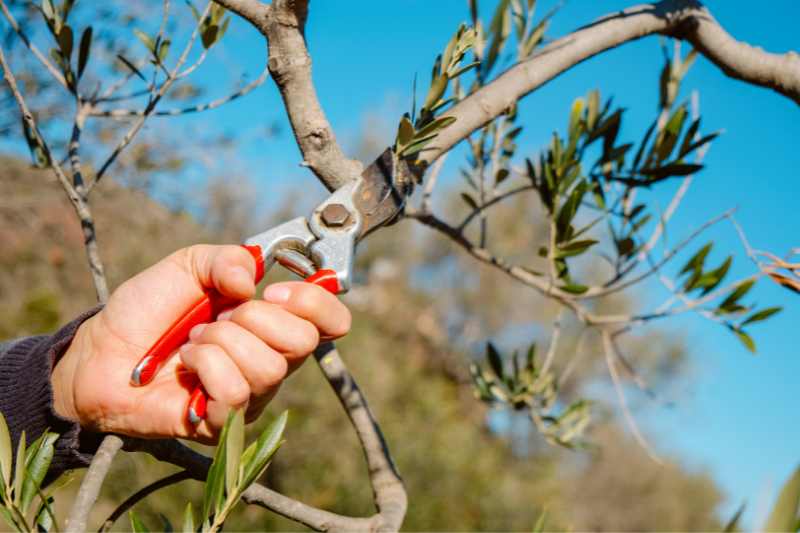The olive tree is a Mediterranean icon that instantly evokes images of sunny skies, cicada chirps, and, of course, delicious olives. But before you picture yourself sipping an aperitif under your own olive tree, there's a small detail to sort out: how to propagate the olive tree, this mythical tree? In this comprehensive tutorial, we will guide you step by step to successfully propagate the olive tree, whether you are a beginner or an experienced gardener. And who knows? Perhaps one day, it will be your olive tree that provides the olives for your next aperitif!
The olive tree in a nutshell
The olive tree (Olea europaea) is more than just a tree: it is a symbol of peace, longevity, and Mediterranean culture. Native to the Mediterranean basin, this robust and resilient tree is valued for its olives, which are the basis of olive oil. With its silver leaves and gnarled trunk, the olive tree is not only aesthetically pleasing but also incredibly adaptable. It can thrive in arid conditions and is resistant to diseases. Therefore, the olive tree is an excellent choice to bring a Mediterranean touch to your garden or terrace.

Why propagating olive trees?
There are several methods for propagating the olive tree, such as sowing (from seeds) or grafting and propagation by cuttings. Sowing can be more random in terms of genetic characteristics and takes longer for the tree to become productive. Grafting, on the other hand, allows for faster production and can combine the characteristics of two different varieties, but it requires a certain level of skill.
Ultimately, propagating the olive tree is often considered an effective, inexpensive, and accessible method for multiplying this tree. And after all, nothing ventured, nothing gained!
When to take olive cuttings?
The ideal time to take olive cuttings is generally in late summer or early autumn, when the tree is in full growth but before the arrival of winter cold. Some gardeners also prefer to propagate the olive tree in spring, just before the active growth period.
How to take olive cuttings?
Materials needed to propagate an olive tree
- Sharp and disinfected pruning shears
- Pots or buckets: small containers with drainage holes
- Potting soil and sandy soil: this mix will ensure good drainage and promote rooting. There are also special potting soils for sowing and cuttings.
- Watering can or spray bottle
- Plastic film or cloche: A plastic film or cloche can be used to create a humid atmosphere around the cutting, which encourages rooting.
- Labels
- Gardening gloves
Steps to Take Olive Cuttings
- Preparation of tools: ensure your pruning shears are sharp and disinfected to avoid contamination when propagating the olive tree.
- Selection of the olive cutting: choose a healthy branch, free from signs of disease or pests, about 20 to 30 cm long and at least one year old.
- Cutting: make a clean diagonal cut a few centimetres below a node (the point where a leaf joins the branch).

- Preparation of the olive cutting: remove the leaves from the lower third of the cutting to reduce water loss through transpiration.

- Planting the olive cutting: fill a pot with a mix of potting soil and sand, then plant the olive cutting in the soil up to the first leaf node.
- Watering and rooting: water well and place the pot in a warm spot, but out of direct sunlight.
- Monitoring: keep the soil slightly moist, but never soggy. The olive cutting should start to develop roots after several weeks, or even two to three months, depending on the conditions.
- Once your olive cutting is rooted, the young plant can be repotted into a larger pot and gradually acclimatised to the outdoors. Transplanting into the ground can occur the following year, preferably in spring.
































Comments